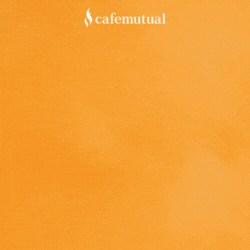In evaluating fund performance, past performance gets importance while other important parameters such as style consistency and fund survival tend to get ignored.
A report by S&P BSE Indices, titled SPIVA India Scorecard, says that large and mid/small cap funds were the least consistent in style, at 28.35% and 30.00%, respectively, over the 10-year period ending in December 2017. This means many funds did not remain true to their label.
Style consistency refers to the consistency of the scheme in adhering to the initial investment categorisation. The report said that style consistency is important as it can have an impact on asset allocation.
ELSS was the only category with high style consistency at 96.55%. Experts attribute this to the mandatory requirement of ELSS funds to invest at least 80% of the portfolio in equities.
Bond funds were no better. Both categories of bond funds, government bond funds and composite bond funds, witnessed poor style consistency over the same period. Style consistency of government bond funds and composite bond funds were at 45% and 35%, respectively.
The SPIVA India Scorecard also shows the style consistency of each category across different time horizons. It shows the percentage of funds that had the same style classification at the end of the 10-year period as at the beginning.
The report also compares the survival rate of the different categories of schemes.
ELSS funds again emerged a winner. ELSS funds had the highest survival rate at 96.55%. About 30% of the funds in all other categories failed to survive the 10-year investment horizon. Government bond funds had the lowest survival rate at 48.33% while composite bond funds survived 68.24%.
Survival rate represents the percentage of funds still active at the end of the 10-year period. The report does not clarify whether the survival of close-ended or open-ended funds were taken into consideration.
“Many funds might be liquidated or merged during a period of study. However, for someone making an investment decision at the beginning of the period, these funds are part of the opportunity set. Unlike other commonly available comparison reports, SPIVA Scorecards account for the entire opportunity set—not just the survivors—thereby eliminating survivorship bias,” the report stated.





